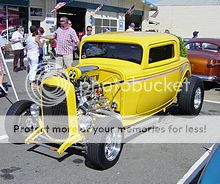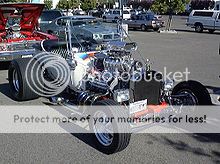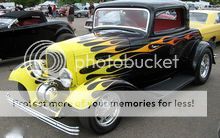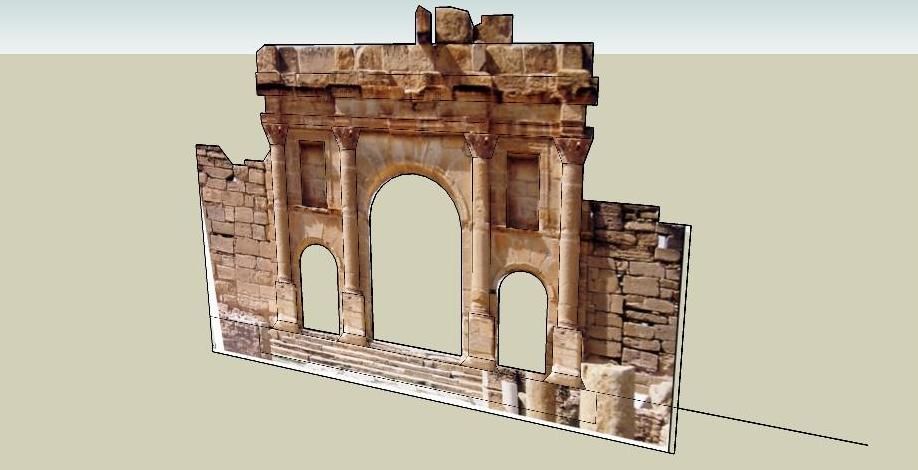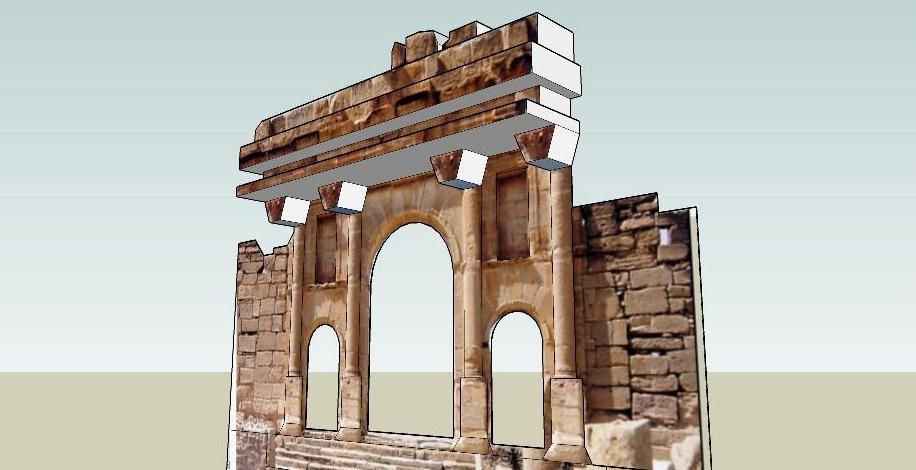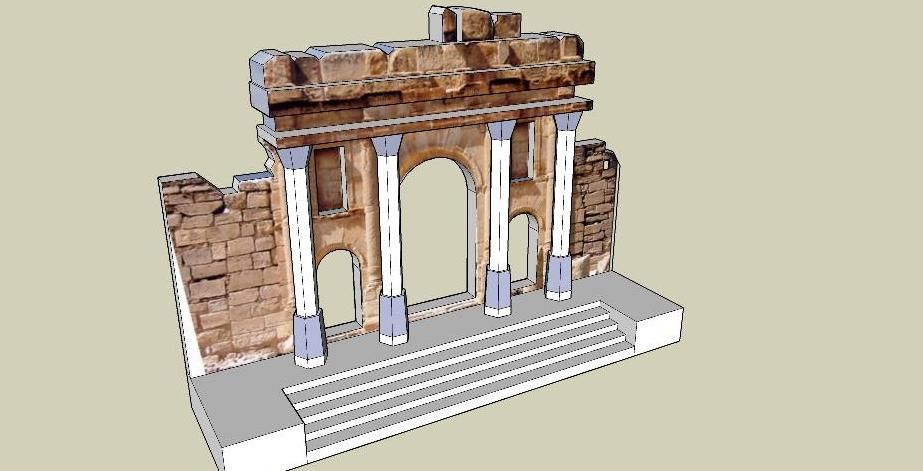
 |
| The Real Thing |
Palenque was a
Maya city state in
southern Mexico that flourished in the
7th century. The
Palenque ruins date back to
100 BC to its fall around
800 AD. After its decline it was absorbed into the jungle, which is made up of cedar, mahogany, and sapodilla trees, but has been excavated and restored and is now a famous archaeological site attracting thousands of visitors. It is located near the
Usumacinta River in the
Mexican state of Chiapas.
Palenque is a medium-sized site, much smaller than such huge sites as
Tikal or
Copán, but it contains some of the finest architecture, sculpture, roof comb and bas-relief carvings that the
Mayas produced. Much of the history of
Palenque has been reconstructed from reading the
hieroglyphic inscriptions on the many monuments, historians now have a long sequence of the ruling dynasty of
Palenque in the
7th century and extensive knowledge of the city-state's rivalry with other states such as
Calakmul and Toniná. The most famous ruler of
Palenque was
Pacal the Great, whose tomb has been found and excavated in the
Temple of the Inscriptions.
By 2005, the discovered area covered up to 2.5 km² (1 sq mi), but it is estimated that less than 10% of the total area of the city is explored, leaving more than a thousand structures
still covered by jungle. -
Wikipedia
 Entre os vestígios deixados pelos maias
Entre os vestígios deixados pelos maias, as ruínas de
Palenque se destacam por seus baixos-relevos em estuque e a originalidade de seu conjunto arquitetônico.
Palenque é o nome por que ficou conhecido o sítio arqueológico situado no estado de
Chiapas, México, a 12km da cidade de
Santo Domingo de Palenque. Pertence ao período clássico da
civilização maia, entre os anos 300 e 900 da era cristã. Seu nome original pode ter sido
Nachan, que significa
"cidade das serpentes", mas a hipótese nunca foi confirmada.
O período de maior esplendor de
Palenque foi no
século VII, quando se elaborou a maior parte de seus relevos, monumentos e edifícios. O apuro técnico na arquitetura, nas inscrições hieroglíficas, nas pinturas (quase todas desaparecidas), nas esculturas e na cerâmica faz da arte de
Palenque a mais refinada da
América pré-colombiana.
O palácio de Palenque, construído sobre uma base piramidal, inclui três muros paralelos que formam dois corredores cobertos por falsas abóbadas (feitas com a escora de pedras enfileiradas). Sobressai, no conjunto, uma torre de vigia com vários pavimentos, de tipo incomum na arquitetura pré-colombiana. Nesse e em outros edifícios encontra-se grande quantidade de baixos-relevos em estuque (material à base de cal, areia, gesso e água), que retratam cenas mitológicas e contêm
hieróglifos com datas e fatos históricos. Por sua extrema delicadeza, são considerados o ponto culminante da arte escultórica maia.
No templo das Inscrições há um grande painel hieroglífico datado do ano
692.
Em seu interior foi descoberta em
1952 a cripta que serviu de tumba para um sacerdote do
século VIII, cujo altar continha numerosos
artefatos de jade.
Abandonada e oculta pela floresta durante séculos,
Palenque foi descoberta em
1785. O
rei Carlos III da
Espanha promoveu a exploração arqueológica do sítio.
Antonio del Río realizou os primeiros estudos sobre as ruínas e seus baixos-relevos, que despertaram crescente interesse ao longo do
século XIX. A partir de
1940, o
Instituto Nacional de Antropologia e História do México promoveu a restauração da antiga cidade e patrocinou novos estudos arqueológicos. Desde a década de
1960 o local tornou-se atração turística. -
emdiv.com.br
Link: Temple.of.the.Inscriptions.Mexico.by.Canon



